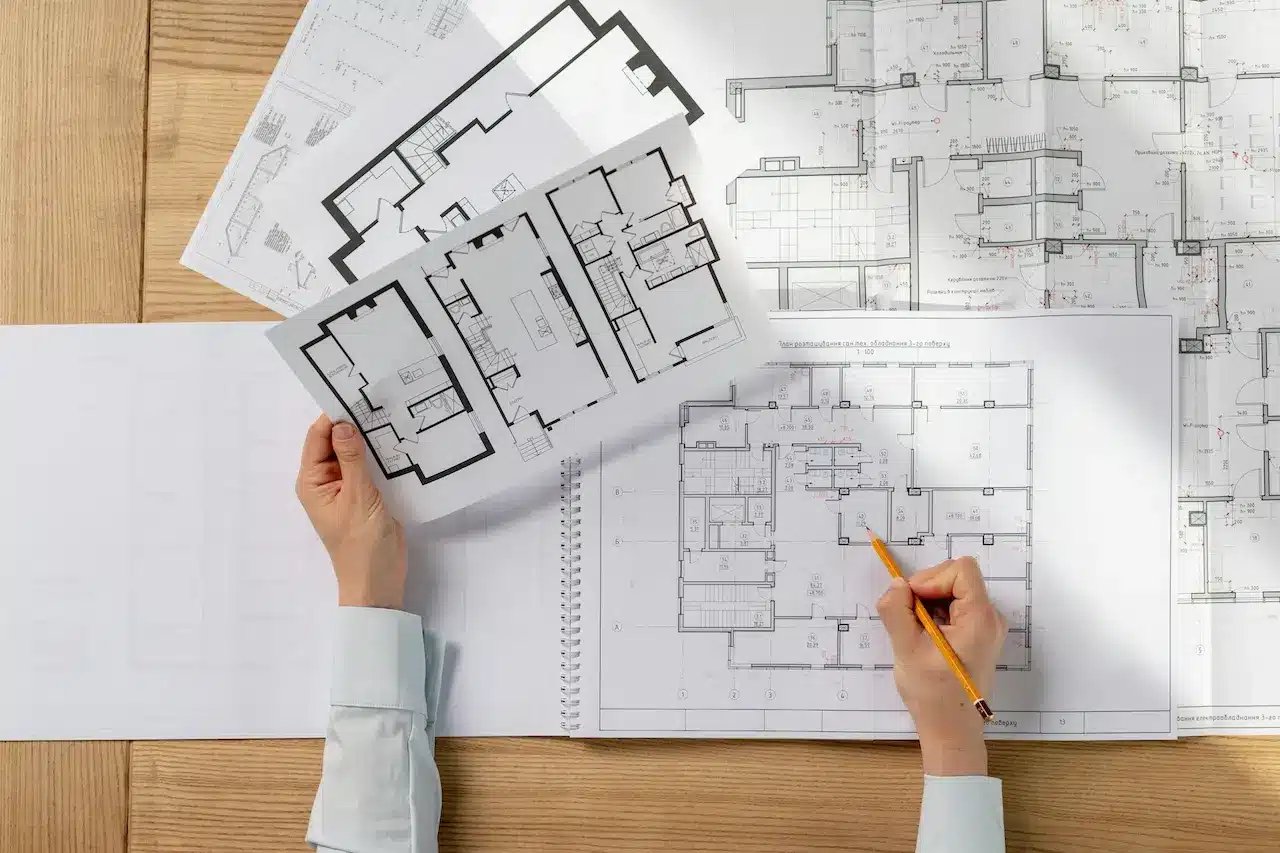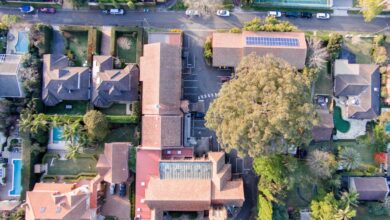Affordability Meets Liveability
Affordability Meets Liveability: Smart Choices in Long-Term Housing Planning
When it comes to social and affordable housing in Australia, there’s a persistent myth that affordability must come at the expense of liveability. This false dichotomy has led to countless housing projects that prioritise the lowest upfront costs whilst ignoring the long-term financial and social consequences of poor-quality choices.
The reality is far different. Smart, cost-effective design decisions made today don’t just enhance the day-to-day experience for residents — they deliver significant savings over the lifecycle of a property whilst building stronger, more stable communities. For housing planners, community organisations, and government departments across Australia, understanding this balance is crucial to creating truly sustainable affordable housing solutions.
Designing for Durability and Cost-Efficiency
The most successful affordable housing projects in Australia share a common thread: they think beyond the initial build cost. Energy-efficient appliances, proper insulation, and quality ventilation systems might require higher upfront investment, but they dramatically reduce ongoing utility costs for residents whilst minimising maintenance headaches for housing providers.
This principle extends well beyond major infrastructure. Every element of a home’s interior — from flooring materials and storage solutions to the everyday essentials that make a house feel like home — should be evaluated through the lens of lifecycle value rather than purchase price alone.
Consider the mathematics: a cheap floor covering that needs replacing every two years will cost significantly more over a decade than a durable alternative that lasts the distance. The same logic applies to everything from lighting fixtures to furniture and home basics. When multiplied across hundreds or thousands of housing units, these decisions have profound financial implications.
The Australian housing sector has begun to recognise this reality. Projects that invest in quality materials and reliable suppliers consistently outperform their counterparts in terms of maintenance costs, tenant satisfaction, and long-term financial sustainability.

Enhancing Liveability with Practical Choices
Liveability in social housing extends far beyond square meterage or architectural design. It encompasses the daily comfort, privacy, and sense of dignity that every Australian deserves in their home. This is particularly crucial in social housing contexts, where residents often face complex personal and financial challenges.
Practical design choices can make an enormous difference. Effective noise insulation between units creates the privacy essential for mental wellbeing. Ergonomic layouts that maximise functionality help residents make the most of their space. Easy-to-maintain materials and fixtures reduce the burden of upkeep whilst ensuring properties remain attractive and functional over time.
These considerations aren’t just about comfort — they’re about stability. Research consistently shows that stable, comfortable housing contributes to better mental and physical health outcomes, improved educational performance for children, and reduced reliance on community support services. When residents feel genuinely at home in their housing, they’re more likely to stay long-term, reducing turnover costs and building stronger neighbourhood connections.
The Case for Reliable Home Basics
Affordability isn’t just about upfront cost — it’s about longevity and value over time. Project teams working in community and social housing across Australia increasingly recognise the benefit of investing in high-quality, reliable home essentials that don’t require frequent replacement or maintenance.
That’s why many are turning to trusted Australian brands like OMF, known for their durable and cost-effective solutions that align with long-term housing strategies. By partnering with suppliers who understand the unique demands of social housing — where products need to withstand heavy use whilst remaining affordable — housing providers can achieve the dual goals of quality and cost-effectiveness.
The key is to think strategically about every purchase decision. A reliable supplier who offers comprehensive warranties, understands the social housing sector, and can deliver consistent quality across large orders becomes a valuable partner rather than just a vendor. This approach helps housing providers avoid the costly cycle of constant replacements whilst ensuring residents have access to dependable home basics.
When evaluating suppliers and products, Australian housing providers should consider factors beyond price: local manufacturing and support, understanding of social housing requirements, warranty terms, and the ability to scale supply across multiple projects. These considerations often reveal that investing slightly more upfront with established, reliable brands delivers superior value over time.

Long-Term Value: ROI Beyond the Build
The return on investment from thoughtful housing design extends well beyond reduced maintenance costs, though these savings alone can be substantial. When residents live in comfortable, well-designed spaces with reliable amenities, the benefits cascade throughout the entire housing system.
Lower tenant turnover translates directly to reduced administrative costs, less frequent property preparation between tenancies, and more stable rental income. Happy, settled residents require fewer interventions from housing support services, reducing operational costs whilst improving outcomes for individuals and families.
At a community level, stable housing contributes to stronger neighbourhoods. When residents aren’t constantly battling with poor-quality fixtures or uncomfortable living conditions, they have more energy to invest in education, employment, and community connections. Children perform better in school, adults are more likely to maintain steady employment, and families build the social connections that create resilient communities.
Australian housing providers who have embraced this long-term thinking report impressive results. Reduced maintenance call-outs, longer tenancy periods, and higher resident satisfaction scores all contribute to improved financial performance whilst delivering better social outcomes.
Practical Checklist for Project Teams
Australian housing professionals can implement smarter purchasing and design decisions using these practical guidelines:
Financial Planning: Always assess lifecycle costs rather than just purchase price. Factor in replacement frequency, maintenance requirements, and warranty coverage when evaluating options.
Resident-Centred Design: Include tenant feedback in design choices wherever possible. Current and former residents often provide valuable insights into what works in practice versus what looks good on paper.
Quality Partnerships: Prioritise suppliers and contractors with proven track records in social housing. Look for partners who offer comprehensive warranties, understand the sector’s unique requirements, and can deliver consistent quality across multiple projects.
Documentation and Learning: Keep detailed records of product performance, maintenance costs, and resident feedback. This data becomes invaluable for future projects and helps refine purchasing decisions over time.
Integrated Approach: Consider how individual elements work together. The best flooring in the world won’t perform well without proper subfloor preparation, just as high-quality fixtures need compatible installation and maintenance approaches.
Local Focus: Where possible, partner with Australian suppliers who understand local conditions, building codes, and community needs. Local partnerships often provide better support, faster response times, and contribute to broader economic benefits.
Building a Smarter Future for Social Housing
The path forward for Australian social housing is clear: affordability and liveability aren’t competing priorities — they’re complementary goals that reinforce each other when approached strategically. Every dollar invested wisely in quality design and reliable suppliers pays dividends in reduced ongoing costs, improved resident outcomes, and stronger communities.
This isn’t about luxury or unnecessary expense. It’s about recognising that good housing is a foundation for everything else — health, education, employment, and social connection. When housing providers make smart choices about materials, suppliers, and design, they create homes that truly support the people who live in them.
The Australian housing sector stands at a critical juncture. With growing demand for affordable housing and increasing recognition of housing’s role in addressing complex social challenges, the decisions made today will shape communities for decades to come. By embracing the principle that affordability and liveability go hand in hand, housing providers can build a future where every Australian has access to housing that’s not just affordable, but genuinely liveable.
Smart planning isn’t just about incorporating the latest technology or following design trends. It’s about creating spaces where people can build stable, dignified lives whilst ensuring that housing providers can sustainably deliver these opportunities for generations to come. With the right approach, every home built today becomes a building block for stronger, more resilient communities tomorrow.



